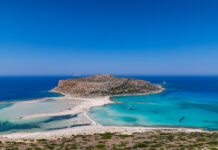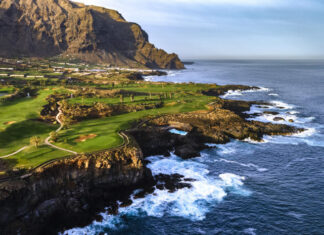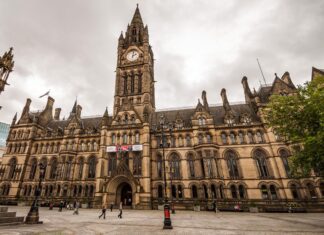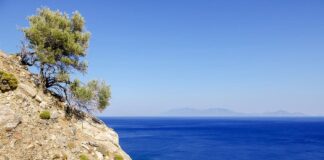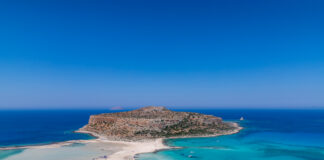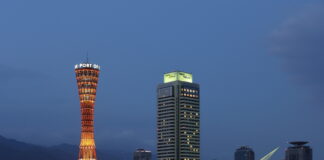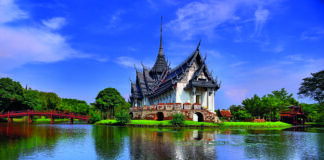Zaragoza, the capital of the Aragon region in northeastern Spain, is a city steeped in history and culture. Straddling the Ebro River, Zaragoza is often overlooked in favor of more famous Spanish cities, but it is a hidden gem eagerly awaiting discovery by the insightful traveler.
Historical Overview
Zaragoza was founded around 25 BC by the Romans and was initially named Caesaraugusta. After the fall of the Roman Empire, the Visigoths ruled it and later the Moors before being reconquered by Christian forces in 1118. Each period has left its mark on Zaragoza, making it an amalgamation of diverse cultures.
Culture
Basilica de Nuestra Señora del Pilar
One of the most iconic landmarks in Zaragoza is the Basilica de Nuestra Señora del Pilar, dedicated to the Virgin Mary. This baroque-style church is one of the most important pilgrimage sites in Spain. The frescoes by Francisco de Goya, a famous Spanish painter born near Zaragoza, are a highlight.
La Seo Cathedral
Another architectural gem is La Seo Cathedral, or the Cathedral of San Salvador, which showcases a mix of Romanesque, Gothic, Mudejar, Renaissance, and Baroque styles. The tapestry museum inside the cathedral is considered one of the world's most important of its kind.
Aljafería Palace
This 11th-century palace is a prime example of Islamic architecture from the Moorish era and was later used by Christian monarchs. It has been beautifully restored and serves as the seat of the Aragonese Parliament.
Festivals
One of the biggest festivals in Zaragoza is the Fiestas del Pilar, celebrated in October. The city comes alive with processions, concerts, and traditional performances. Another notable event is Holy Week, known for its marches with dramatic hooded figures and classic drums.

Food
Aragonese cuisine is robust and varied, and Zaragoza, as the capital, offers a taste of the region's specialties.
Ternasco de Aragón
This is a traditional dish made with lamb, typically roasted or grilled. It's a must-try for meat lovers.
Migas
Migas is a simple dish made with breadcrumbs, garlic, and chorizo, often served with grapes. It is a humble yet satisfying dish.
Tapas
Like elsewhere in Spain, tapas are popular in Zaragoza. Head to El Tubo, the city's famous tapas district, for an array of delightful small dishes.
Wine
Aragon is known for its wines, particularly from the Cariñena and Somontano regions. Don't miss the opportunity to try local varieties.
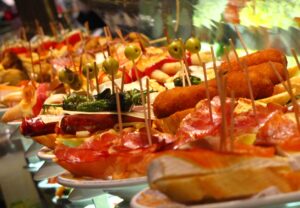
Travel Tips
Walking and Public Transportation
Zaragoza is best explored on foot but has an efficient public transportation system. The tram and buses can get you to all major attractions.
Language
While Spanish is the official language, some locals also speak Aragonese. Knowing basic Spanish phrases can be helpful.
Visit Markets
Explore local markets like Mercado Central for fresh produce and Mercado de San Bruno for antiques and crafts.
Zaragoza Card
Consider purchasing the Zaragoza Card, which offers free public transportation and admission to several attractions.
Interesting Facts
- Zaragoza is sometimes called the "City of Four Cultures" for its Roman, Christian, Jewish, and Moorish influences.
- The painter Francisco de Goya was born in Fuendetodos, a town near Zaragoza, and the city has several monuments and museums dedicated to him.
- Zaragoza was the site of the Expo 2008, a world fair devoted to water and sustainable development.
- The city's name, Zaragoza, derives from its original Roman name, Caesaraugusta, which eventually evolved into Saraqusta under the Moors, and later Zaragoza.
Conclusion
Zaragoza is a city that wears its history with pride. With its magnificent landmarks, delectable cuisine, and vibrant festivals, it offers a rich cultural experience. Its geographical positioning renders it a perfect starting point for venturing into the wider Aragon region. Zaragoza is a Spanish gem well worth the visit for those seeking a mix of history, culture, and culinary delights.



